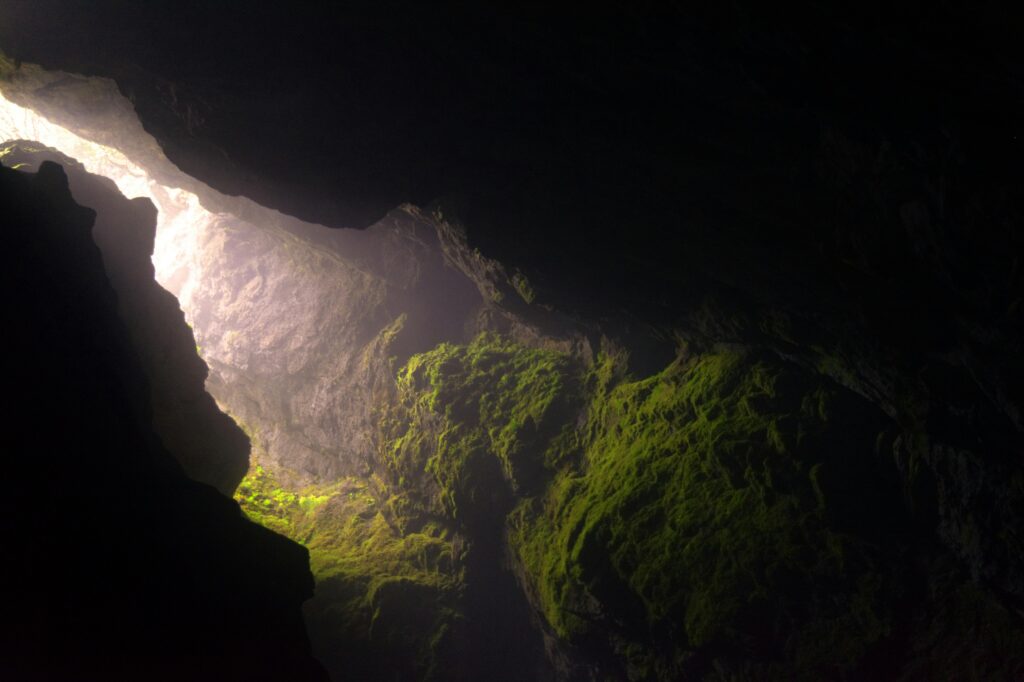Caves feel quiet, but they’re not completely silent. You can hear water dripping, echoes, and your own voice bouncing off the walls. Every cave sounds different. Scientists refer to this phenomenon as geoacoustics, and surprisingly, it is even utilized in the online mobile casino industry.
Caves as Natural Sound Chambers
When sound hits cave walls, it can bounce, fade, or spread out. Big caves make long echoes. Narrow passages stop sound fast. Each cave sounds different because of the rocks, water, and age. Scientists use echoes to learn the shape of a cave without digging.
Sound Waves as Explorers
Sound works like an invisible scout. When you make a noise, it travels and bounces off surfaces. Microphones record how it returns. The delay and echo show the cave’s shape, height, or hidden air pockets. This helps researchers find new paths without harming the cave.
Why do Rocks Shape Sound Differently
Limestone, granite, and volcanic rock treat sound differently. Limestone is soft, so caves are quiet with few echoes. Granite is hard and makes sounds bounce. That’s why two caves can sound very different. Even moisture changes everything—wet walls absorb more, while dry ones amplify echoes.
Reading Depth Through Resonance
In deeper sections, sound often travels more slowly and lower in pitch. That’s due to temperature and air pressure changes. Explorers can sometimes guess the depth of a chamber based on this tone drop. It’s almost like the cave hums in a lower note the deeper you go. Modern devices can record these tiny shifts to estimate how far sound has traveled underground.
Technology That Listens to the Earth
Today, scientists use devices that work like sonar. They send bursts of sound through tunnels and record how they return. Computers then turn those echoes into 3D maps. This process, called acoustic tomography, gives explorers a safe way to “see” underground. It’s also used in mining and archaeology to find voids or hidden chambers without digging.
The Music of Minerals
Sometimes the minerals themselves create sound. Thin formations called speleothems—stalactites and stalagmites—can ring when struck. Each one has a distinct pitch depending on its size and density. Some researchers record these tones to study their composition. In rare cases, entire cave walls have been found to vibrate slightly due to underground streams or air currents, adding a faint natural hum to the cave’s soundscape.
How Airflow Changes Everything
Sound is deeply affected by air movement. In caves with strong airflow, echoes can stretch or warp. If air moves upward from lower tunnels, it can make higher-pitched sounds drift strangely. This is one reason cave acoustics are unpredictable. Even a gentle breeze from an unseen hole can shift how an echo returns. For scientists, these distortions are clues pointing toward hidden entrances or deeper routes.
Listening for the Unknown
Before radar and drones, explorers relied only on sound. They would clap, listen, and move toward where the echo grew strongest. Many old discoveries began this way. Experts still use sound surveys in spots where tech can’t go, like flooded tunnels or tight cracks. A faint echo can hint at a hidden chamber behind a wall.
The Role of Water in Sound Travel
Water changes sound a lot. A small trickle is quiet, but a rushing stream can block other noises. In caves, sound gets louder when water rises because it bounces off the surface. Underground lakes act like sound mirrors, making every noise seem bigger. Scientists can even hear water moving behind walls with special sensors.
Sound as a Preservation Tool
Beyond exploration, sound studies help protect caves. Acoustic monitoring can detect structural changes, like new cracks or shifts in stone layers. If a cave suddenly changes its echo pattern, that could mean a collapse risk. Scientists set up microphones that “listen” to the cave over months, tracking even the slightest changes. It’s a quiet form of protection for these ancient formations.
The Human Connection to Cave Sounds
There’s also a human side to all this. Ancient people used cave acoustics long before science gave it a name. Many painted chambers show signs of deliberate placement—art was made where echoes were strongest. It’s believed that sound played a spiritual role, turning caves into ritual spaces where voices and drums echoed like responses from the earth itself.




